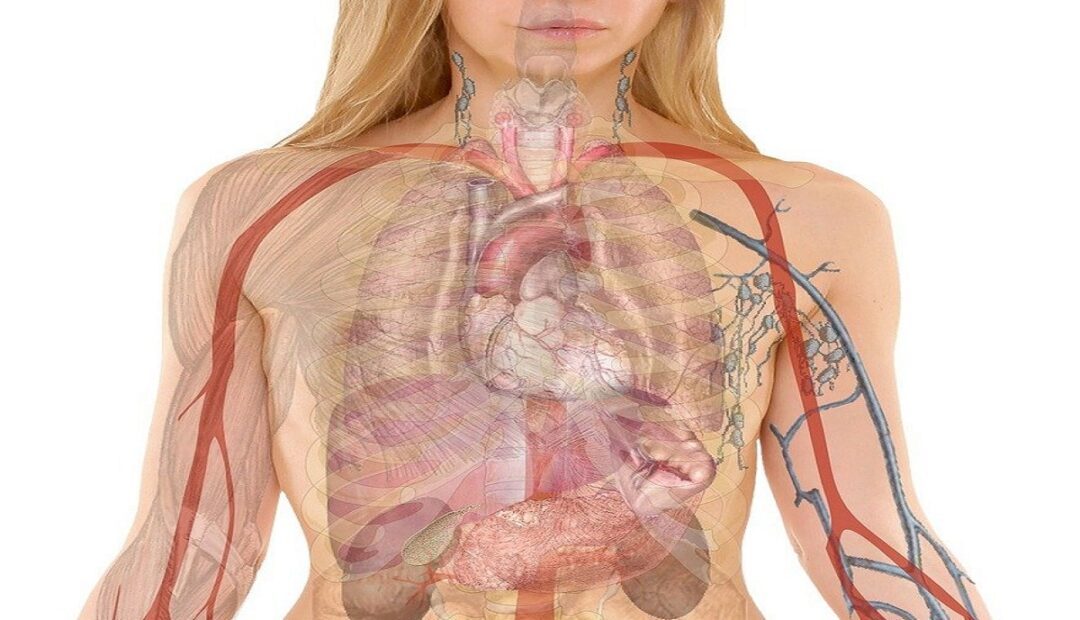PROTEINS – WELL EXPLAINED DETAILS
Proteins are the most abundant organic compounds in cells and constitute 50% of total dry weight Proteins are compounds which are made up of carbon, hydrogen, nitrogen, oxygen and sometimes sulphur and phosphorus. The structural units of proteins are amino acids The nature of a protein is determined by the types of amino acids it […]
PROTEINS – WELL EXPLAINED DETAILS Read More »
